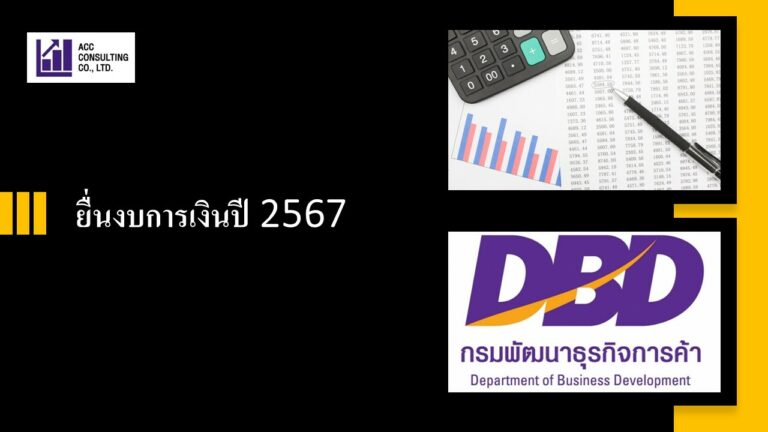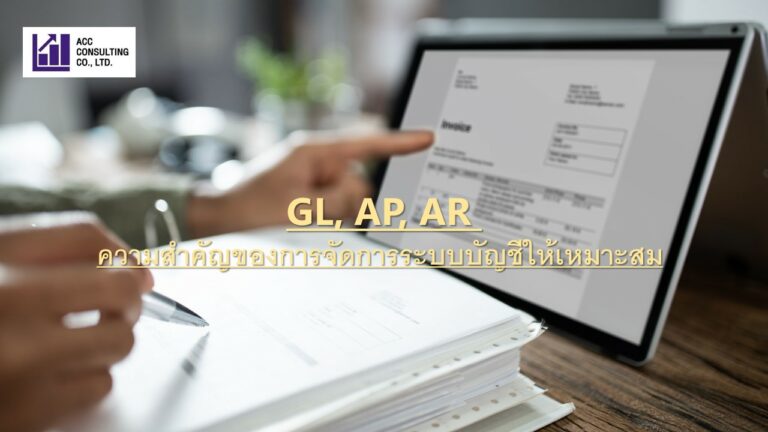“Closing Entries” refers to the process of transferring temporary accounts related to capital, such as withdrawals, revenue, and expenses, to the capital account in order to determine the accurate ending balance of the capital account at the end of an accounting period. This process also involves calculating the balances of asset and liability accounts and carrying them forward to the next accounting period.
For businesses that use the periodic inventory method, the closing entries also include closing the beginning inventory account since the goods in this account have been sold and need to be recorded as the ending inventory (determined through physical inventory counting and cost calculation).
On the other hand, businesses that use the perpetual inventory method do not have closing entries for the beginning inventory account, nor do they record ending inventory transactions. This is because these businesses maintain a single perpetual inventory account that reflects the current inventory balance, and the cost of goods sold is recorded separately.
Periodic Inventory Method
- The weighted average cost method, in this method, the business will open a Cost of Goods Sold account and a Gross Profit or Loss account. The recording will involve transferring the closing balances of accounts related to Cost of Goods Sold, both debit and credit balances, including recording the ending inventory, to the Cost of Goods Sold account to determine the cost of goods sold. Then, the Cost of Goods Sold account, accounts related to revenue, and remaining expense accounts will be closed, and the difference will represent the net profit or net loss. Subsequently, the Gross Profit or Loss account will be transferred to the Owner’s Equity account. Finally, the Withdrawals (Drawings) account will be transferred to the Owner’s Equity account. This method helps determine the cost of goods sold.
- The non-cost method, in this method, the business will not open a Cost of Goods Sold account. Only the Profit or Loss account (or the summarized Profit or Loss account) will be opened. The recording will involve transferring the accounts related to revenue and expenses, including recording the ending inventory, to the Profit or Loss account. Then, the difference will represent the net profit or net loss. Subsequently, the Profit or Loss account will be transferred to the Owner’s Equity account. Finally, the Withdrawals (Drawings) account will be transferred to the Owner’s Equity account. This method is simple and convenient, but the business will not know the cost of goods sold. If the business wants to determine the cost of goods sold, it will need to calculate it separately.
Perpetual Inventory Method
For businesses using the perpetual inventory method, this method involves opening only the Profit or Loss account (or the summarized Profit or Loss account). The recording process includes transferring the Cost of Goods Sold account, accounts related to revenue and expenses, to the Profit or Loss account. Then, the difference represents the net profit or net loss. Subsequently, the Profit or Loss account is transferred to the Owner’s Equity account. Finally, the Withdrawals (Drawings) account is transferred to the Owner’s Equity account.
The preparation of trial balance after closing the accounts.
The preparation of trial balance (TB) after closing the accounts refers to the financial statement created after completing the closing process of a business. Its purpose is to verify the accuracy of the general ledger account balances and summarize the final balances before starting a new accounting period or fiscal year.
The preparation of trial balance (TB) after closing the accounts is similar to the trial balance prepared before closing the accounts or the trial balance after adjustments. However, the accounts included in the trial balance after closing the accounts consist of the asset accounts (Category 1), liability accounts (Category 2), and owner’s equity accounts (Category 3).





